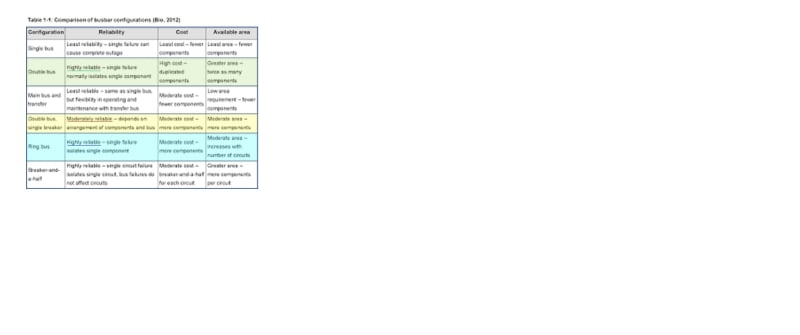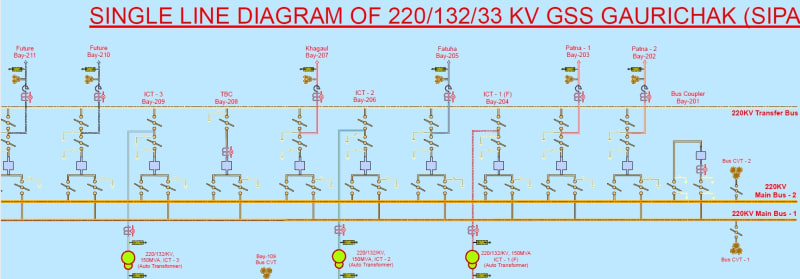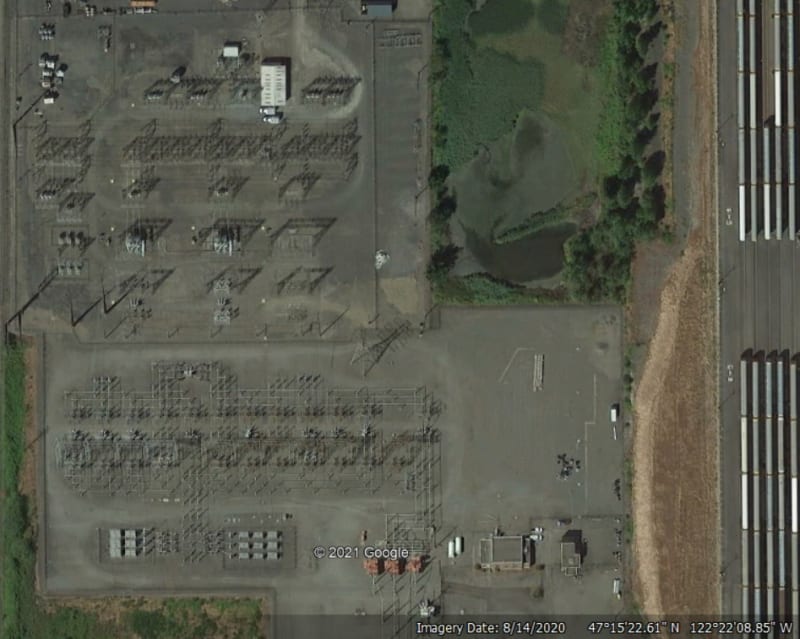SauravWest
Electrical
Dear sirs,
I want to design an intermediate substation which can transmit around 555 MVA.
Incoming double circuit 220 kV lines bring power. And outgoing 132 kV double ciruit lines take power.
1. Will single breaker double bus system be sufficient?
2. For high power, we use single phase autotf, so 6*92.5 MVA will suffice I think.
3. If Gas insulated substation, how equipment arrangements continue? I think it starts from lightning arrester, CVT and then?
4. PT can be kept one for each bus?
Please reply,
Sincerely,
I want to design an intermediate substation which can transmit around 555 MVA.
Incoming double circuit 220 kV lines bring power. And outgoing 132 kV double ciruit lines take power.
1. Will single breaker double bus system be sufficient?
2. For high power, we use single phase autotf, so 6*92.5 MVA will suffice I think.
3. If Gas insulated substation, how equipment arrangements continue? I think it starts from lightning arrester, CVT and then?
4. PT can be kept one for each bus?
Please reply,
Sincerely,



